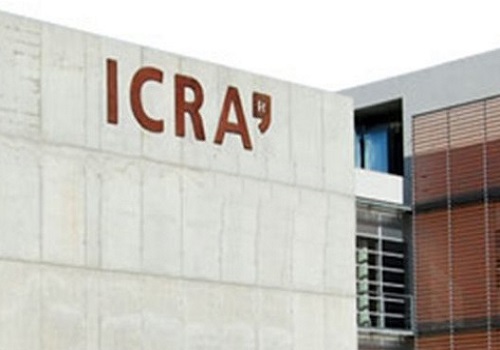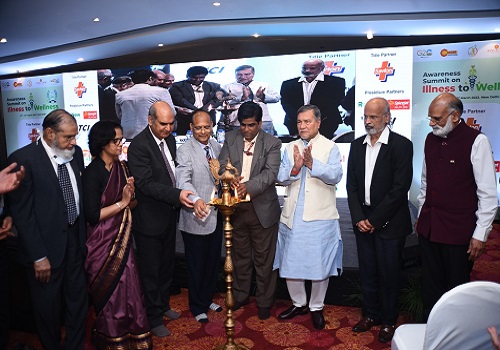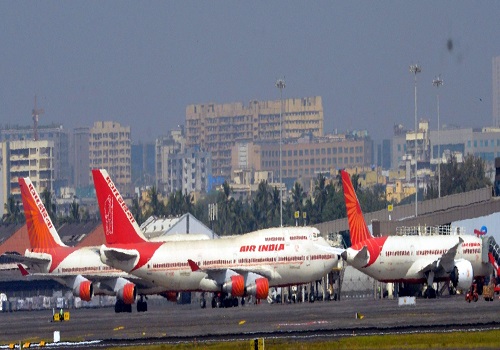ASSOCHAM seeks wage support, interest subvention to help industry face Covid challenges

Follow us Now on Telegram ! Get daily 10 - 12 important updates on Business, Finance and Investment. Join our Telegram Channel
Recommending a slew of relief measures, including regulatory easing, an ASSOCHAM paper has said that the government should consider wage support mechanism and interest subvention for the MSMEs, which are reeling under the severe impact of the Covid-19 pandemic that has shown its heightened fury in the second wave.
Even as the states are in the process of easing lockdowns, the trade and industry would need an all-round support to pick up their business thread again, after halt or near-halt of their operations since middle of April, stated the recommendations report that ASSOCHAM submitted to the government.
Batting for protection of employment, it said, "The surplus funds of ESIC (Employees State Insurance Corporation) should be used for providing wage support measures/stimulus package for the employees."
ASSOCHAM Secretary General Deepak Sood said, "Wage and job protection measures have been further extended by several countries, including the US. After all, consumption, especially the non-discretionary, has to be ensured by protecting earnings of people even in the lockdowns. Government intervention is critical.
"This is the time to support and spend without giving too much focus on the fiscal parameters. I am sure, the RBI and the government are constantly working on innovative solutions to keep infusing cash into the system despite an understandable revenue pressure."
Sood referred to the latest industry interactions with Commerce and Industry Minister Piyush Goyal who said the government is reaching out to all the major stakeholders to face the extraordinary situation arising out of once-in-hundred-years pandemic.
The ASSOCHAM Secretary General also lauded the RBI announcement to include hospital infrastructure like oxygen plants in the Emergency Credit Line Guarantee Scheme, which should see at least doubling of its present ceiling of Rs 3 lakh crore.
The study also sought an interest subvention for the trade and industry so that they can revive themselves with minimum disruptions. It said the government and the RBI should "consider an interest subvention scheme with a validity till March 31, 2022, especially, for the micro and small business segment. Similarly, NPA norms should be relaxed for MSMEs, if not for all industries".
As cash flow cycles have been affected and businesses have not been able to realise receivables on time, it will be helpful if one-time relaxation in recognizing NPAs is provided, extending the past due norm from 90 days to 180 days, the ASSOCHAM paper said.
The paper also expected the RBI to continue with its accommodative stance for the policy rates in the ensuing meeting of the Monetary Policy Committee in the wake of an unexpected rage of the second wave of the pandemic.
The document further made out a case for changes in the Insolvency and Bankruptcy Code (IBC) to allow the existing corporate promoters to participate in the bids for revival of the debt-ridden companies referred to the insolvency procedures.
"While the industry requests for the extension of the NCLT moratorium until March 31, 2022, the government should also consider to take away the Section 29A where the sponsor cannot take its assets," it said.
The government should work on creating transport bubbles so that businesses can function, by safely managing the transportation of employees and other resources, it added.
For providing relief to the worst hit hospitality sector, the document has suggested for allowing GST input credit for the restaurants.
Alternatively, the government should give an option of dual tax structures -- 5 per cent with no GST input credit or 12 per cent with GST input credit.
For giving a much-needed boost to the realty sector, it has recommended reduction in stamp duty as also property tax by half at least for three years.
























